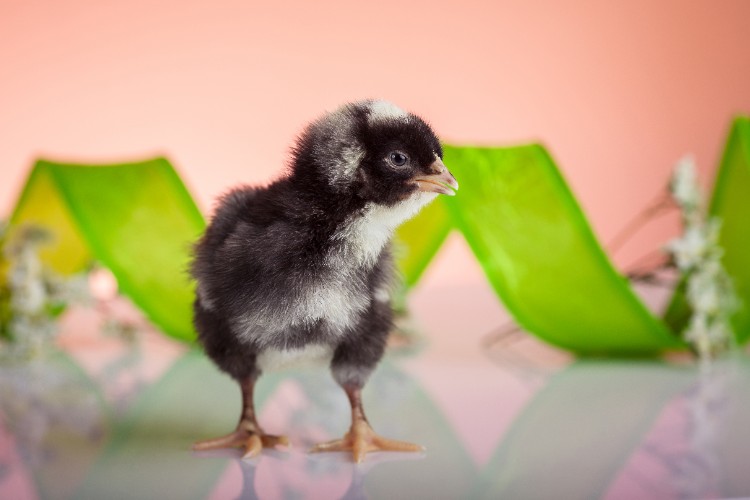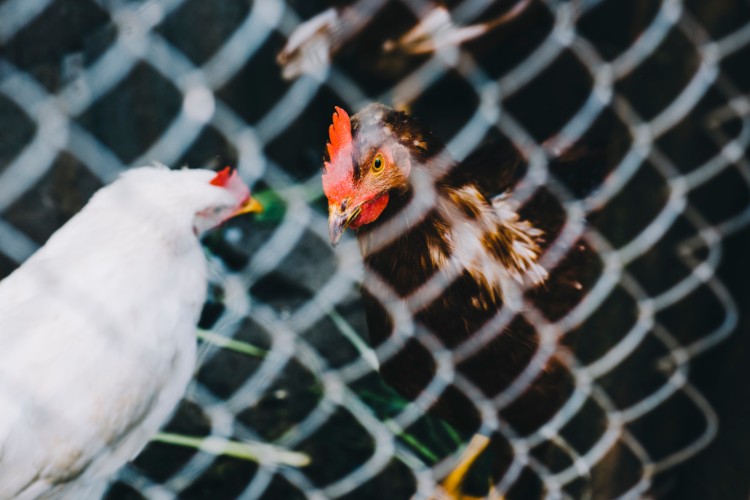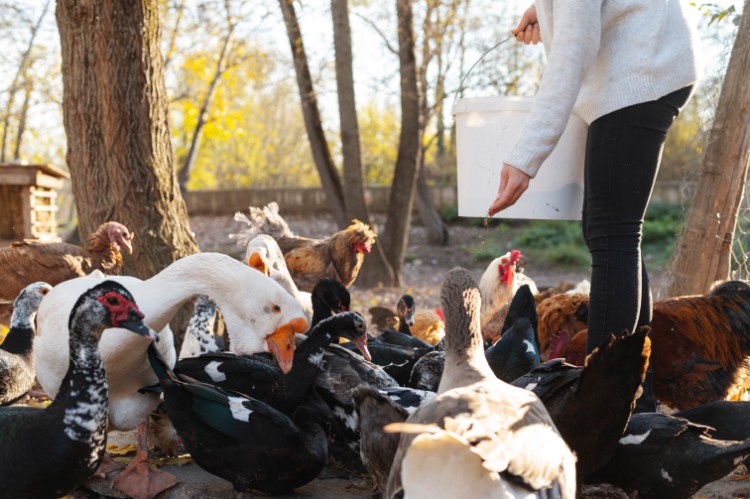Clean Farms Strong Flocks
Why Poultry Farms Need Strong Disinfectants
Running a poultry farm is not for the faint of heart. Between daily chores and the never-ending battle with germs, we face constant pressure.
Our birds live in tight quarters. The air gets damp, and organic matter builds up fast. That mix creates the perfect playground for bacteria and viruses. If we fail to control pathogens, we risk losing flocks and profits.
So the question hits us straight: which disinfectant for poultry farm use works best? Farmers have tried many options. Some swear by bleach.
Others go with strong chemical disinfectant sprays. Yet the hidden truth is that many of these options harm more than they help. They corrode surfaces, smell awful, and even put food safety at risk. We wanted something better—something safe, tough, and farm-friendly.

The Challenges Inside Poultry Houses
Poultry houses are not ordinary spaces. They’re warm, humid, and packed with birds. That means:
· Feathers, droppings, and dust cover surfaces.
· Organic matter blocks disinfectants from reaching pathogens.
· Ammonia builds up from waste and stresses birds.
· Viruses linger on feeders and water lines.
We learned quickly that spraying any random chemical solution doesn’t cut it. Pathogens hide under dirt layers. A disinfectant must handle heavy loads of organic matter while staying gentle enough for food contact surfaces.
The Rise of Hypochlorous Acid
That’s where hypochlorous acid (HOCl) changed the game for us. Imagine a disinfectant made naturally by white blood cells. It’s strong enough to kill bacteria and viruses within seconds. Yet it’s gentle enough to use around animals and people without harsh side effects.
When we switched to HOCl, we noticed:
· Faster cleaning of poultry houses
· Fresher air without the sharp sting of chlorine
· Improved bird health and growth rates
· Safer handling for our farm workers
It felt almost too good to be true. A disinfectant this effective and safe sounded like science fiction, but it’s simple chemistry. Salt + water + electricity = HOCl.
Why Farmers Prefer It
1. Non-toxic – No harmful fumes or burns.
2. Food-safe – Approved for use on food contact surfaces.
3. Eco-friendly – Breaks down into harmless salt water.
4. Fast action – Neutralizes pathogens in under 60 seconds.
We realized we no longer needed to stock multiple chemical disinfectants. One solution covered everything.
HOCl Generator: Farm Disinfection On Demand
Now here comes the fun twist. Instead of buying bottled solutions, we can produce HOCl on-site. With an HOCl Generator, farms create fresh disinfectant daily. That means no more worries about shelf life or degraded strength.
We use it everywhere:
· Spray poultry houses after each flock cycle.
· Disinfect feeders and drinkers between feedings.
· Wash hands and boots before entering barns.
· Mist air during high disease seasons for extra protection.
The power of making our own disinfectant feels empowering. It saves money, reduces waste, and keeps control in our hands.

Comparing HOCl With Chemical Disinfectants
Let’s face it. Many farms still lean on bleach or quaternary ammonium compounds. They work, but they come with heavy baggage.
Feature | HOCl | Chemical Disinfectant |
Food Safety | Safe for food contact surfaces | Risky residues |
Odor | Mild, fresh scent | Strong, choking smell |
Effect on Surfaces | Non-corrosive | Corrodes metals & plastics |
Organic Matter | Still effective | Loses power quickly |
Worker Safety | Gentle on skin | Requires gloves & masks |
When we line them up, HOCl looks like the obvious winner. The only question is why more farms haven’t made the switch yet.
The Connection Between Disinfection and Food Safety
Clean poultry houses mean healthier birds. Healthy birds mean safer food.
Every time pathogens sneak past cleaning routines, they risk spreading to consumers. Think Salmonella or Campylobacter. Nobody wants that showing up in the food chain.
By using HOCl, we boost food safety at its root. From hatching to processing, each stage gets better protection. Even food contact surfaces in processing plants benefit from HOCl’s fast action. That peace of mind matters to us as farmers and to families eating chicken at dinner tables.
Extra Uses Beyond Poultry
The beauty of HOCl is its versatility. We use it not just in poultry houses but also in:
· Egg washing lines
· Hatchery equipment
· Vehicles entering the farm
· Worker hygiene stations
Each step reduces risks and tightens biosecurity. The stronger our farm’s defenses, the fewer chances disease has to break through.
How We Keep It Real On Our Farm
We love sharing what worked for us. Here’s our daily routine:
1. Remove bedding and organic matter after flock departure.
2. Spray all surfaces with HOCl solution.
3. Soak feeders, drinkers, and trays.
4. Let the poultry houses rest and dry.
5. Mist the air lightly before introducing new chicks.
It sounds simple, but consistency is the secret sauce. Birds notice the difference too. Less stress. More growth. Stronger immunity.

The Future of Disinfection in Poultry Farming
We believe the days of heavy chemical disinfectants are fading. Farmers want smarter, cleaner tools. Regulators push for stricter food safety standards. Consumers demand healthier meat without chemical residues.
That future points straight to hypochlorous acid. It ticks every box: safe, fast, eco-friendly, and cost-effective. And with on-site production through HOCl generators, adoption only gets easier.
Final Thoughts
We know poultry farming will never be easy. Disease threats evolve, and cleanliness will always be a daily challenge. But choosing the right disinfectant for poultry farm use makes all the difference. For us, hypochlorous acid turned a frustrating chore into a confident routine.
When the barn smells fresh and the birds thrive, we feel proud. Because at the end of the day, it’s not just about profit. It’s about feeding families safe food and keeping flocks healthy. And that makes every drop of HOCl worth it.
